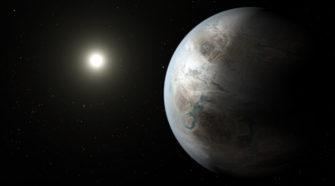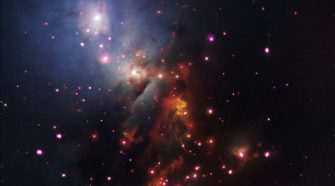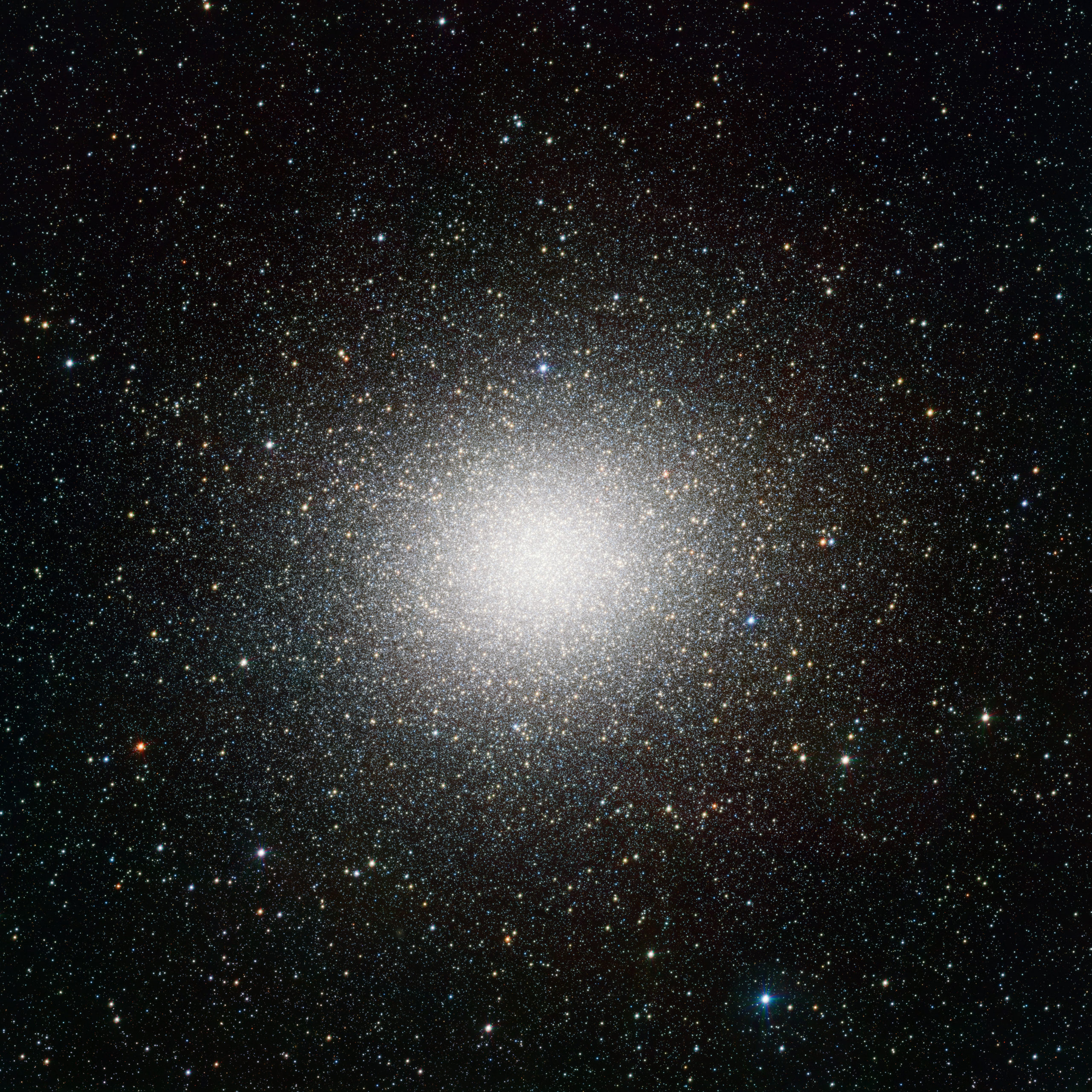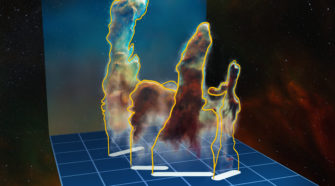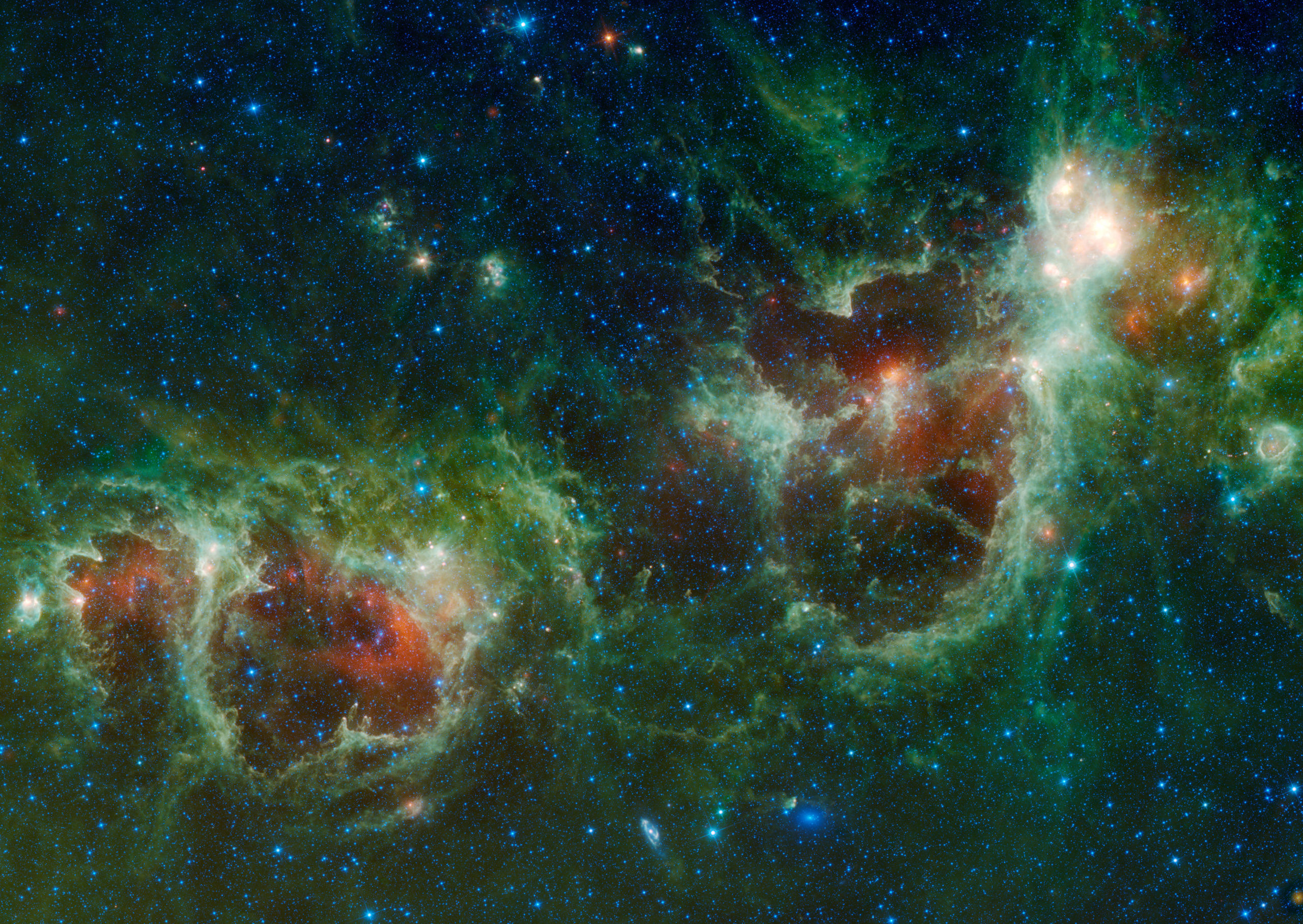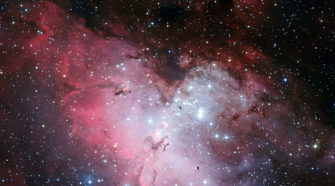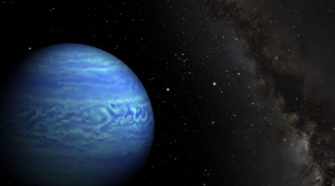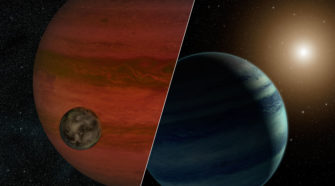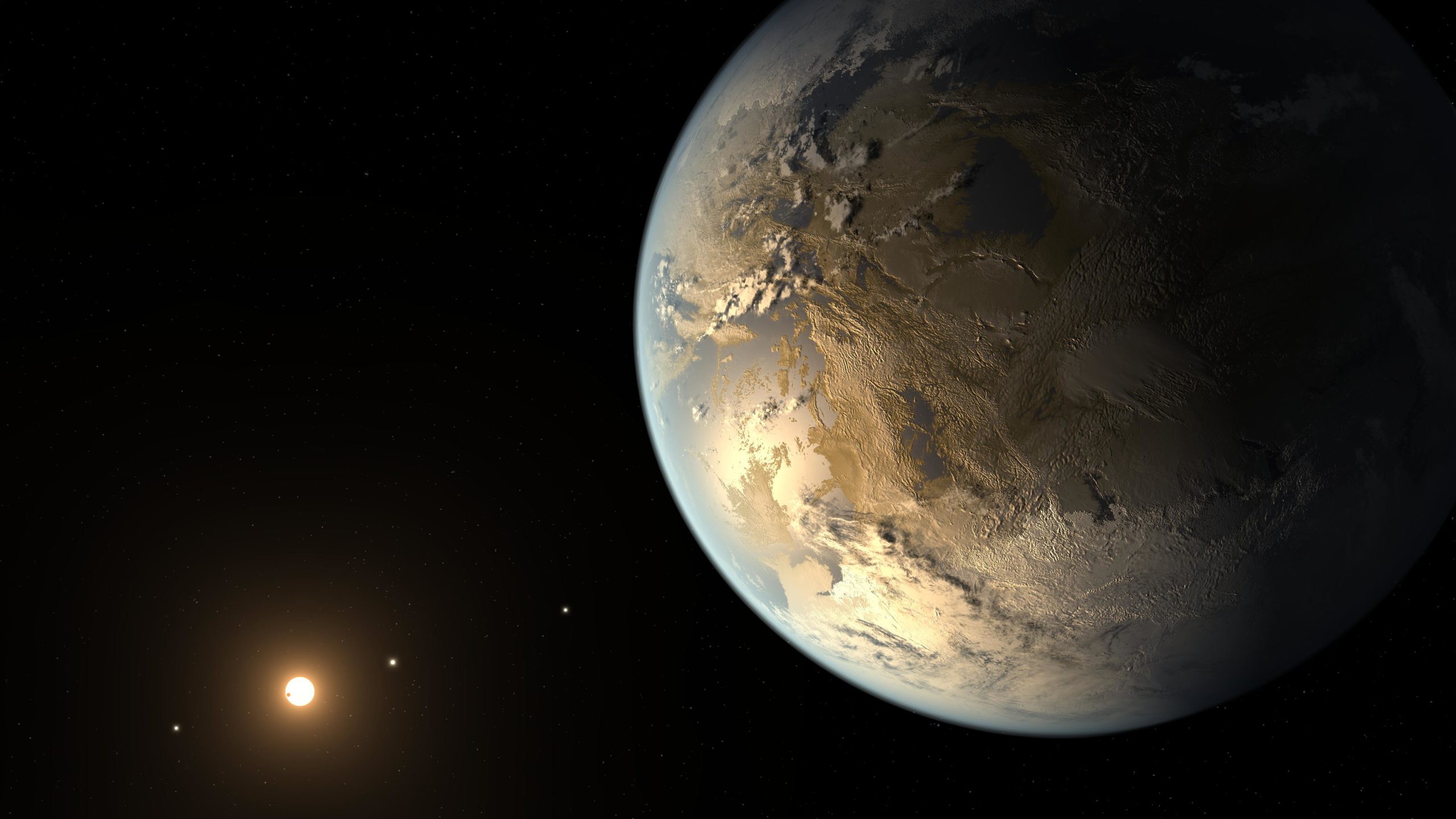Milky Way
Kepler has found Earth’s older, larger cousin
Some of the very fundamental questions about our existence – why we are here, what is out there, if we will ever find another planet similar enough to ours to live on – have come another step closer to being solved, today. The latest exciting Kepler Space Telescope planet-hunting discovery was announced by NASA this …
NGC 1333: Stellar sparklers that last
While fireworks only last a short time here on Earth, a bundle of cosmic sparklers in a nearby cluster of stars will be going off for a very long time. NGC 1333 is a star cluster populated with many young stars that are less than 2 million years old – a blink of an eye in …
Omega Centauri
This issue it was a coin toss for the spotlight object between The Great Globular Cluster in Hercules and Omega Centauri. Omega Centauri won as it is the largest by far of the Globular Clusters and it has the potential to be seen by more people in both hemispheres. It is visible in Southern Europe …
A new look in 3D at the Pillars of Creation
New study suggests that iconic structures more aptly named the Pillars of Destruction The original Hubble Space Telescope image of the famous Pillars of Creation was taken two decades ago and immediately became one of its most famous and evocative pictures. Since then, these billowing clouds, which extend over a few light-years, have awed scientists and the public …
Cassiopeia: The Queen
Cassiopeia is a prominent constellation in the northern hemisphere which is very easily recognised as a W or M in the night skies. In most of Continental America and all of Europe it is visible year round but becomes most spectacular in the winter months, when it is elevated to a much higher altitude. Along …
M16: The Eagle Nebula
The Eagle Nebula is located in the constellation Serpens and is one of the most iconic star forming regions in our galaxy. The nebula is also known as Messier 16 or M16 in the catalog of celestial nebulas and star clusters compiled by French Astronomer Charles Messier. This is probably one of the most famous …
Astronomers find a new type of planet: The ‘mega-Earth’
Astronomers announced today that they have discovered a new type of planet – a rocky world weighing 17 times as much as Earth. Theorists believed such a world couldn’t form because anything so hefty would grab hydrogen gas as it grew and become a Jupiter-like gas giant. This planet, though, is all solids and much …
Coldest brown dwarf found nearby
NASA’s Wide-field Infrared Survey Explorer (WISE) and Spitzer Space Telescope have discovered what appears to be the coldest brown dwarf known – a dim, star-like body that surprisingly is as frosty as Earth’s North Pole. Images from the space telescopes also pinpointed the object’s distance to 7.2 light-years away, earning it the title for fourth …
First exomoon possibly found
Titan, Europa, Io and Phobos are just a few members of our solar system’s pantheon of moons. Are there are other moons out there, orbiting planets beyond our sun? NASA-funded researchers have spotted the first signs of an “exomoon,” and though they say it’s impossible to confirm its presence, the finding is a tantalizing first …
Kepler finds nearest twin to Earth yet
Using NASA’s Kepler Space Telescope, astronomers have discovered the first Earth-size planet orbiting a star in the “habitable zone” — the range of distance from a star where liquid water might pool on the surface of an orbiting planet. The discovery of Kepler-186f confirms that planets the size of Earth exist in the habitable zone …

